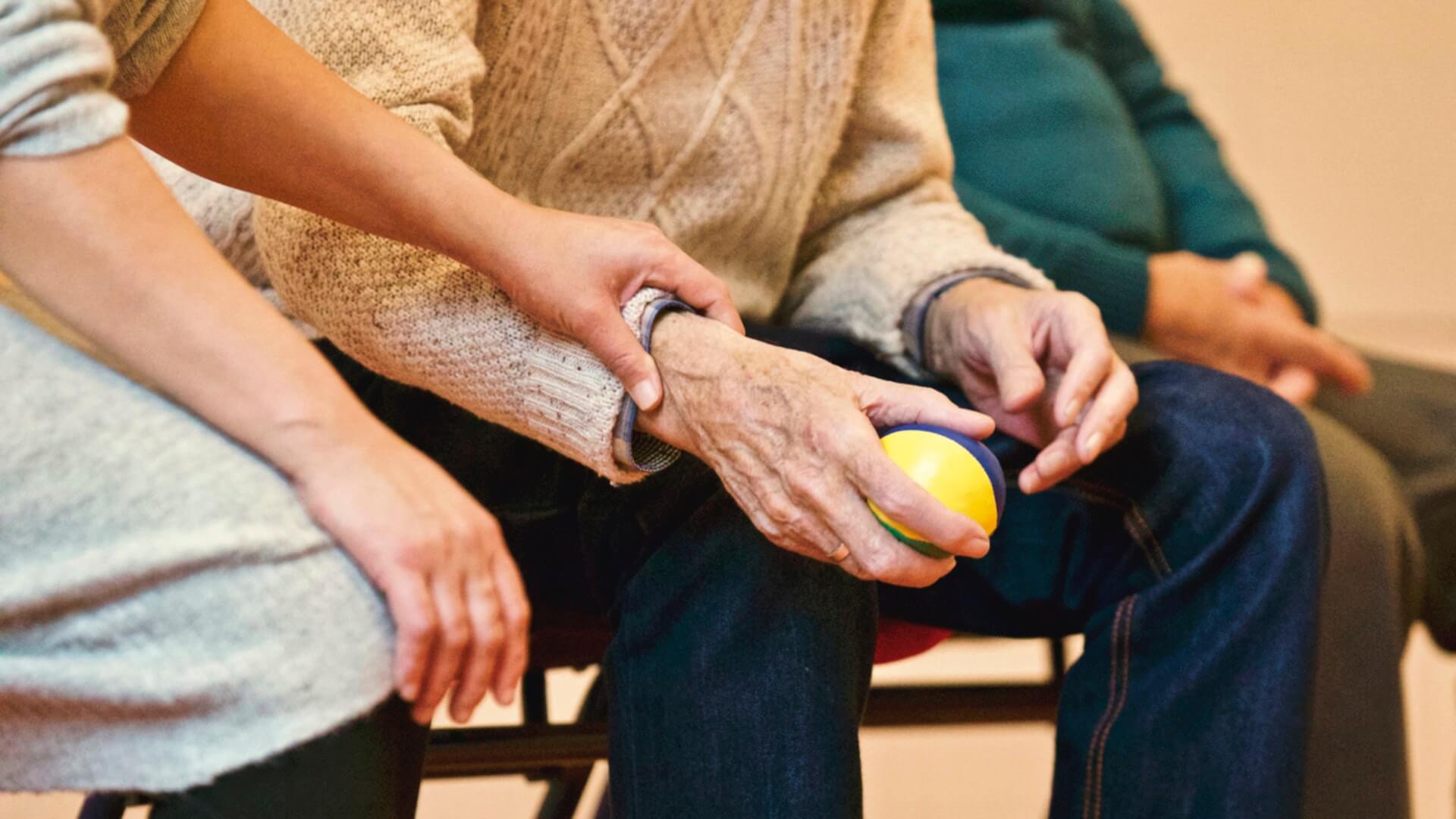Arthritis is a condition commonly associated with getting older. And, with an ageing population, it’s probably one of the more common complaints that we see at the clinic. Osteopath Eddie Clark explains what it is and how to find relief.
Recently, I had a patient come to see me because he thought he had developed rheumatoid arthritis. As an Osteopath, I get a lot of enquiries about this condition – some from people who have it and don’t know how best to treat it; some from people who think they have it, but might not; and some from those who most definitely have it but might not know about it until I can diagnose it.
It’s a confusing condition if you don’t grasp the basic distinction that arthritis is not one condition, but a category of conditions sharing the hallmark of progressive articular joint structural destruction and functional disruption. This sounds technical – and it is. But what you should know if you think you might have a bit of arthritis – or you’ve been told you may have it – is that all cases are not equal.
What is Arthritis?
There are two main types of arthritis: an acceleration of the natural process of wear in your joints, called osteoarthritis; and the other types of arthritis that have a different mechanism altogether. These are called autoimmune arthritis, which includes rheumatoid arthritis (RA). The word “autoimmune” means the arthritis is caused by a deviant reaction from your own immune system, which has, somewhere along the track in its very complex cellular recognition and activation processes, flicked the wrong switch. It then kicks off an immune reaction targeting components of your own body’s joint system, producing the characteristic destruction of joint tissue and structure common to all arthritis.
Autoimmune arthritis is a nasty set of conditions, which is thankfully relatively rare. Before we had effective therapies to treat the inflammatory process the conditions were exceptionally destructive and disabling, leaving their victims unrecognisably crippled over a course of months to years. But treatments including holistic therapies like naturopathy and anti-inflammatory drug therapies have come a long way and there are new treatment horizons opening every day with gene therapies and more advanced recognition. Most people with autoimmune arthritis these days live full and relatively healthy lives with appropriate management. As Osteopaths, we don’t generally see these cases, but occasionally we might be able to diagnose one and refer them. They need to be managed by a rheumatologist, a specialist who deals with joints. I have a few patients with RA who come to see me for treatment of other issues or help in managing some of the related stiffness, but I’m not treating their arthritis here.
The other type – osteoarthritis – is arguably a bigger problem in society because it is much more common. If you live long enough, you will most likely suffer from some of it, and it is increasingly common as our population ages. If poorly managed, arthritis will cause significant pain, restriction and disability. As Osteopaths we see a lot of osteoarthritis and we can help ease the pain of living with it. I have many patients with this form of arthritis in many different parts of the body. With the right interventions and, most importantly, early recognition, the process can be arrested and even reversed in some cases. We can help with this problem – and the earlier you get on to it, the better. If you are worried about your joints or have a strong family history of the disease, make an appointment with your health care professional. An Osteo can all help you map out a plan to prevent osteoarthritis from developing.
By the way, my patient didn’t have rheumatoid arthritis – just a bad back problem, with nerve pain in the leg. But that’s for another article.
Make an appointment today to see one of our Osteopaths and discuss how we can create an individualised plan to get you back to optimum health.

